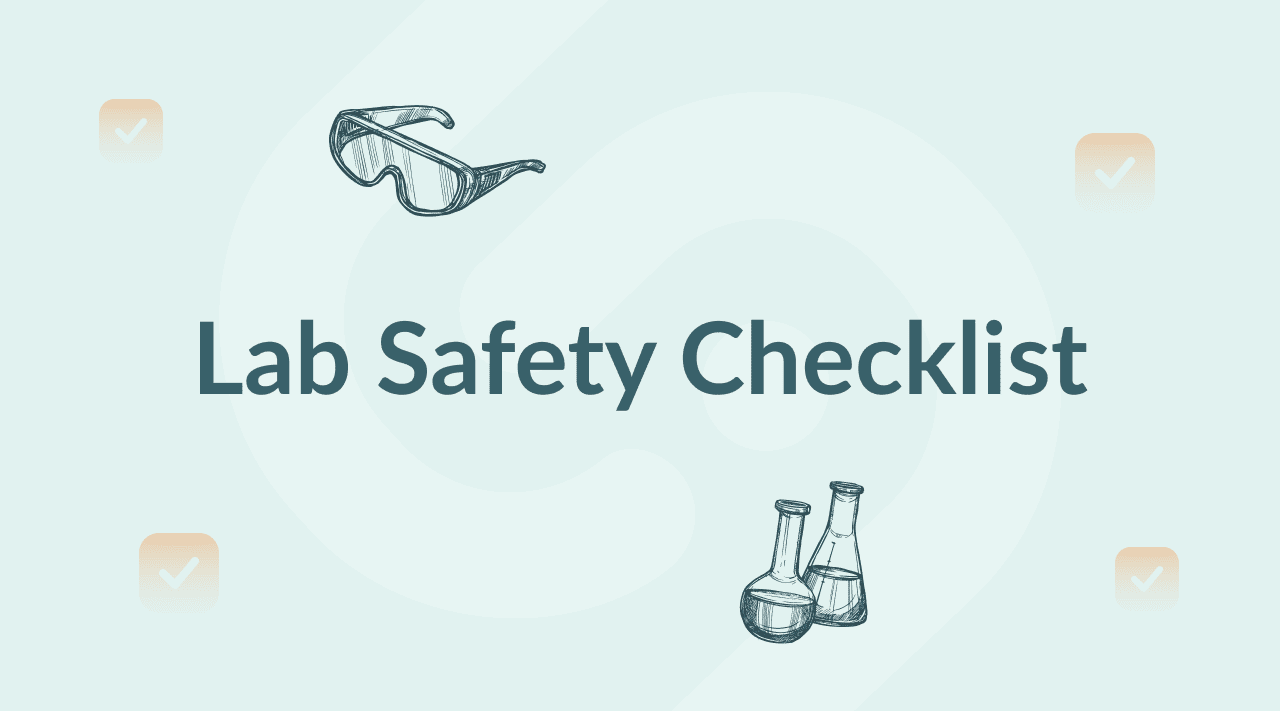
A core tenant for developing our hands-on labs is ensuring student safety. From carefully controlled amounts of materials to mandatory lab safety training, our labs replicate the rigorous safety requirements of on-campus labs for online students.

Incorporating hands-on labs into online courses presents unique challenges. That’s why our lab development and testing process is so rigorous. When our scientists design labs, they keep these 5 principle areas in mind:
- Guidance: Giving clear & accessible safety guidance for each experiment
- Training: Providing mandatory student safety training before accessing course content
- Microscaling: Using microscale quantities of chemicals to ensure safety
- Equipment: Providing PPE and instructions for handling and cleaning all lab equipment
- Preparation: Instructing students on how to prepare their home lab area and recommendations for adjusting experiments based on materials and space.
Your Lab Safety Checklist
Below is a useful checklist to help as you implement an online lab using virtual and hands-on components. You can also click here to download and save an interactive copy of the checklist.
✔️ Student Training & Safety Guidelines
All students should complete a lab preparation lesson before gaining access to materials-based experiments, during which they are trained in the following:
- How to wear nitrile gloves, safety goggles, face masks, and their lab apron properly.
- Protecting cultures and kit materials from children and pets.
- How to properly label all culture containers.
- How to disinfect work surfaces before & after experiments.
- How to safely handle spills.
- Effective equipment cleaning.
- Proper disposal of cultures.
- What to do if you have a compromised immune system.
- Students are trained in how to read and interpret a safety data sheet.
✔️ Chemical & Equipment Handling
- Use safety-controlled vendor-sourced kits. Every single material in your students’ lab kits should be safety controlled, with limited toxicity and microscale quantities of chemicals where applicable. Students are provided enough materials to effectively but safely complete each experiment.
- Instruct on safe use of chemicals and equipment, showing examples using images and video.
✔️ Safety Training & Data Security
- Provide safety training and data privacy info to your students.
✔️ Emergency Preparedness & Communication
- Provide clear communication regarding first aid. It’s important to share with students what to do in case of an emergency.
✔️ Lab Environment & PPE
- Ensure clutter-free workspace and discuss the importance of PPE. Be sure to discuss the pros and cons of using different areas of the home and various surfaces for experiments.
✔️ Ensure Accessibility of Content
- For all labs, including virtual science labs, ensure access for all and plan for tech issues.
✔️ Quality Matters Certification & Hands-on Materials
- For the most effective, highest quality experience, use curricula that are QM certified.
You don’t have to go it alone! When you partner with Science Interactive, you have the experience of hundreds of professionals and scientists behind you, dedicated to ensuring students have a safe and effective online lab experience.
To start building your labs with Science Interactive today, visit www.scienceinteractive.com.